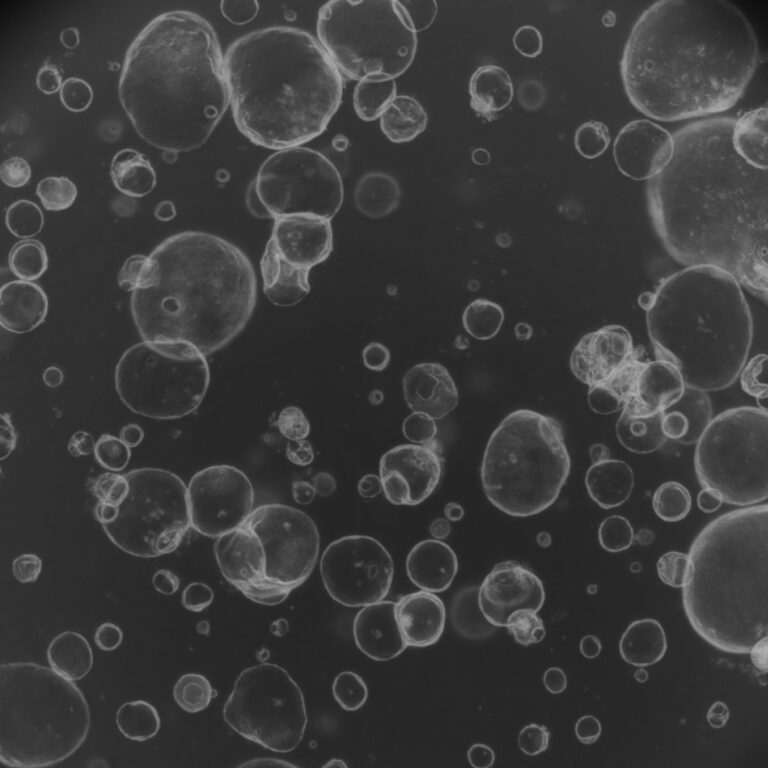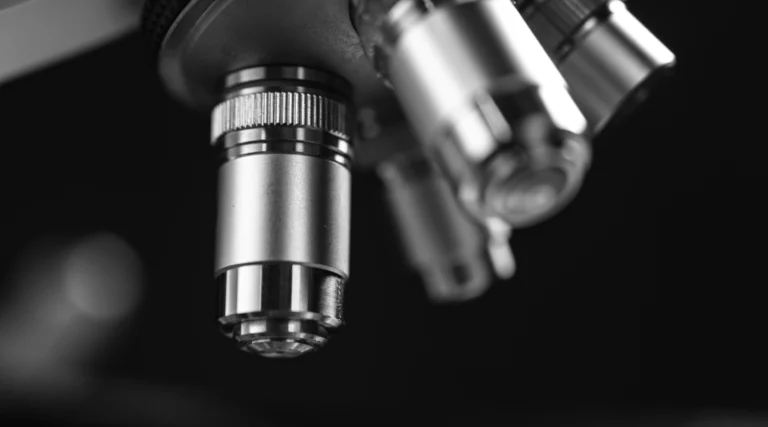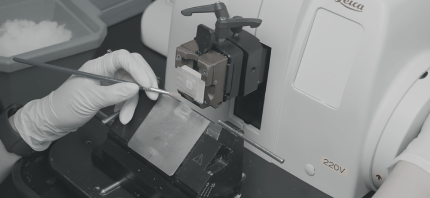Introduction
Recent discussions around the use of organoids in Disney Plus’s drama “Blood Free” have sparked public interest and curiosity in the capabilities of these mini-organs. This comes at a time when the scientific community is exploring the vast potential of organoids to revolutionize both research and clinical applications.
The Rise of Organoids
Organoids are three-dimensional structures grown from stem cells that mimic real organs both structurally and functionally. They offer a more realistic model for studying human biology and disease outside the human body than traditional 2D cell cultures. Their complexity allows for more accurate drug testing and disease modeling, which can lead to better patient outcomes and faster drug development processes.
Organoids in Popular Media
The depiction of organoids in “Blood Free” introduces the public to a fascinating aspect of modern science. By showcasing the development of artificial organs through organoid technology, the series not only educates viewers but also highlights the ongoing research and its potential implications in medicine.
Current Applications and Research
Researchers are actively using organoids to study a variety of diseases, including cancer and gastrointestinal diseases, and for the testing of new drug therapies. For instance, organoids have been pivotal in the research of cystic fibrosis and the testing of personalized treatments based on an individual’s unique genetic makeup.
Ethical and Future Directions
As organoid technology advances, ethical considerations come to the forefront. The capability to grow organ-like structures raises questions about the long-term implications of creating and using such biological entities. The scientific community continues to navigate these challenges, ensuring that the development of organoids goes hand in hand with thoughtful ethical practices.
Conclusion
The integration of organoid technology into mainstream culture through media like “Blood Free” plays a crucial role in demystifying complex scientific concepts. As organoids become more ingrained in research and therapeutic practices, their portrayal can help shape public understanding and acceptance of cutting-edge scientific developments.
This newsletter aims to provide a comprehensive overview of the state of organoid technology, touching upon its scientific basis, current applications, and the ethical considerations that accompany its advancement. For those intrigued by the blending of science and fiction in “Blood Free,” organoids represent a real-world scientific innovation that might soon transform medicine as we know it.
Keywords: blood free, organoid, artificial organ




